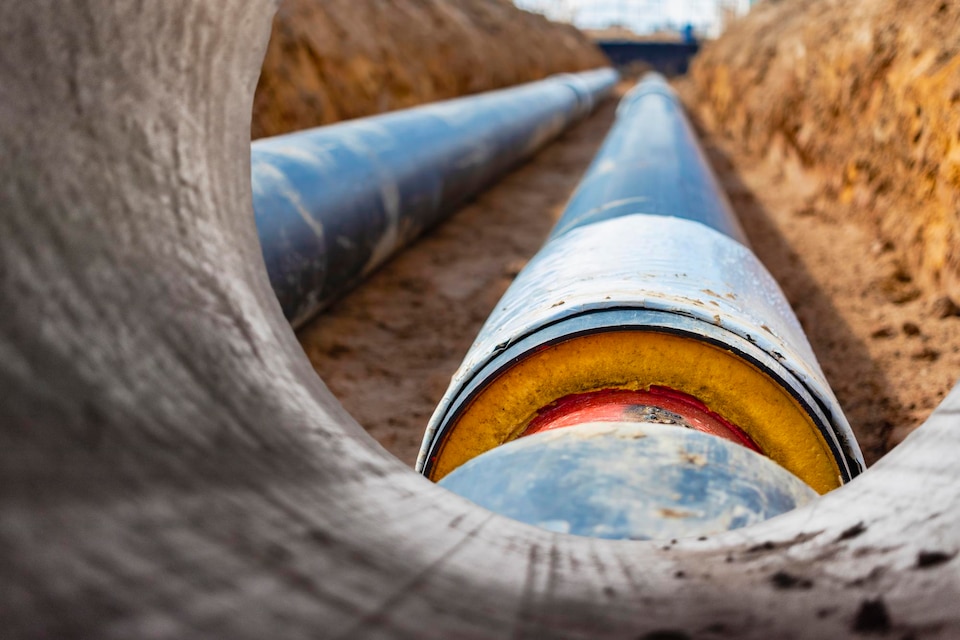Overcoming Challenges: The Future Of Geothermal Pipes
Pre-insulated pipes have shown promise as a response to the growing need for sustainable and energy-efficient heating and cooling systems. These pipes combine the convenience of pre-assembled components with the advantages of effective thermal insulation. Pre-insulated pipes do, however, have several issues that must be resolved in order to ensure their broad use and further development. In this essay, we examine the difficulties pre-insulated pipes confront and talk about the creative fixes and developments that will influence the direction of this technology.
1. Enhancing Insulation Efficiency
Improving insulation efficiency to reduce heat losses is one of the main difficulties facing pre-insulated pipes. The goal of research and development is to enhance the insulating methods and materials utilized in these pipes. To increase energy efficiency and decrease heat transfer, innovations are being explored, including the creation of multi-layered insulation systems and new insulation materials with stronger thermal resistance.
2. Durability and Longevity
Pre-insulated pipes must be strong and long-lasting for their adoption to be successful. Over the course of their operating lives, these pipes must survive a variety of environmental variables, including temperature changes, moisture, and mechanical pressures. The development of durable pipe materials and shielding coatings that can guarantee long-term performance and resistance to corrosion and deterioration is being worked on by researchers and producers.
3. System Flexibility and Adaptability
Pre-insulated pipes are utilized in a variety of processes, such as industrial operations, geothermal systems, and district heating and cooling. However, each application could have particular specs and requirements. It is essential to provide system flexibility and adaptability in order to satisfy the various requirements of various projects. Future developments want to offer solutions that can be tailored, making it simpler to integrate, expand, and modify pre-insulated pipe systems.
4. Cost-effectiveness and Installation Efficiency
Pre-insulated pipes must be installed and operated at a low cost if they are to be more widely used. Research is always being done to optimize installation methods, streamline manufacturing processes, and lower material costs. Push-fit or click-lock systems are examples of new joining techniques and connection technologies that boost installation effectiveness and can result in cost savings and quicker project completion.
5. Environmental Sustainability
Pre-insulated pipes are a more environmentally friendly option to standard heating and cooling systems since they reduce energy consumption and greenhouse gas emissions. However, the environmental effect of these pipes' production, maintenance, and disposal should be addressed. To reduce their total ecological imprint, pre-insulated pipes' future lies in the development of ecologically friendly materials, sustainable production procedures, and effective recycling and disposal methods.
6. Integration with Smart Technologies
The integration of pre-insulated pipes with smart technologies to improve system performance and efficiency is the future of pre-insulated pipes. This involves implementing sensor systems for real-time temperature, flow rate, and energy usage monitoring. Intelligent control systems and automation can improve the overall performance of pre-insulated pipe networks by optimizing system operation, reducing energy waste, and enabling predictive maintenance.
Conclusion:
Pre-insulated pipes have a bright future, with continuing research and development aimed at overcoming the issues they confront. Key areas of innovation include boosting insulation efficiency, maintaining durability, maximizing system adaptability, increasing cost-effectiveness, promoting environmental sustainability, and integrating with smart technology. Pre-insulated pipes may become an important element of sustainable heating and cooling systems by overcoming these hurdles, contributing to a greener and more energy-efficient future.


